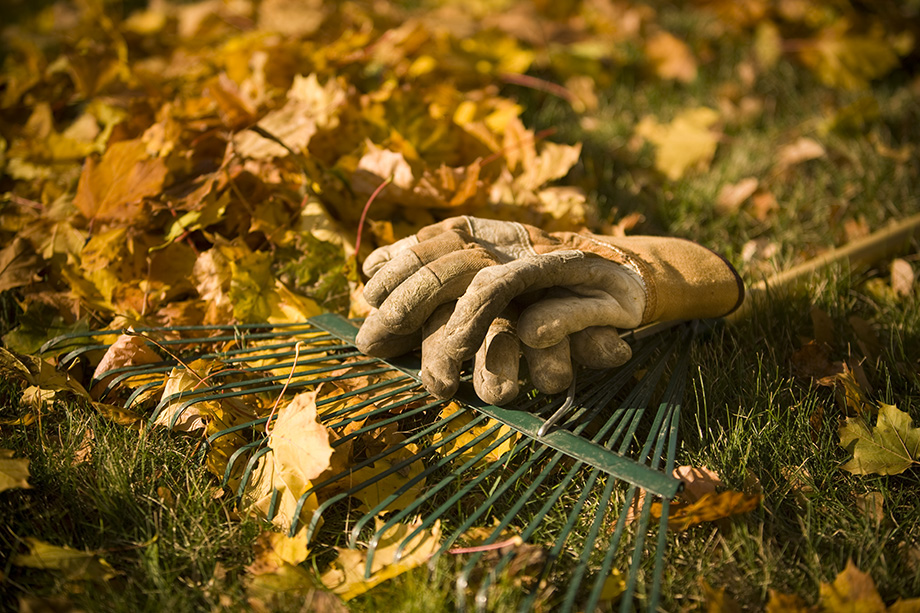Colourful foliage marks the end of gardening season which can be bittersweet. As temperatures begin to shift and sunlight conditions decline, this is the time to start planning your autumn to-do list. Doing so will ensure your plants stay healthy over the winter and into the spring. Here are some tasks to do before the ground freezes:
Water
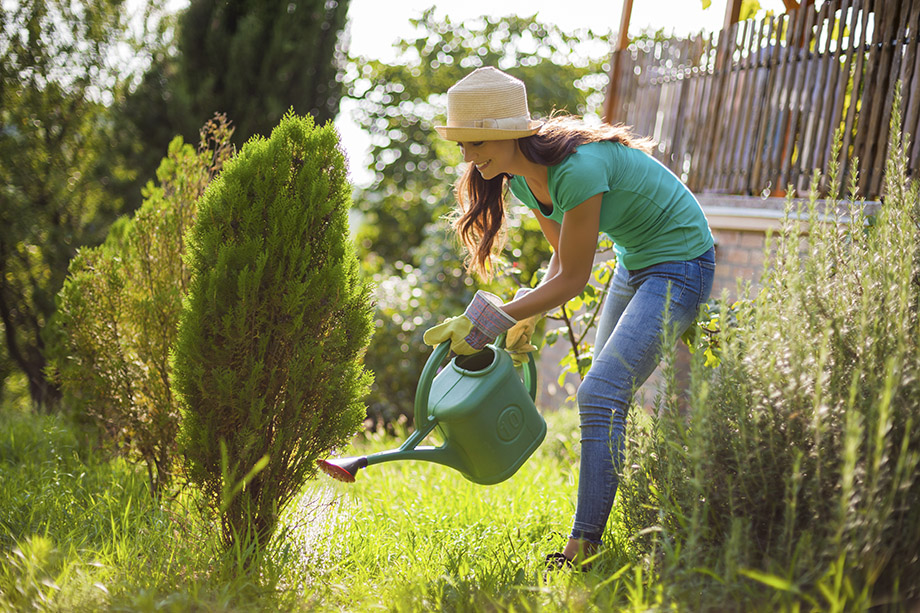
As leaves begin to display an array of colours in mid-September, trees and shrubs begin their transition into dormancy. During this time, it’s important to deeply water trees and shrubs so they are well hydrated over the winter and into early spring. New trees should be watered at their base while mature trees should be watered at the drip-line.
Perennials can also be watered up until the ground freezes although it is not necessary as they can be steadily weaned off watering now that temperatures are cooling. Try watering perennials from once a week to every other week before the ground freezes.
Bulbs
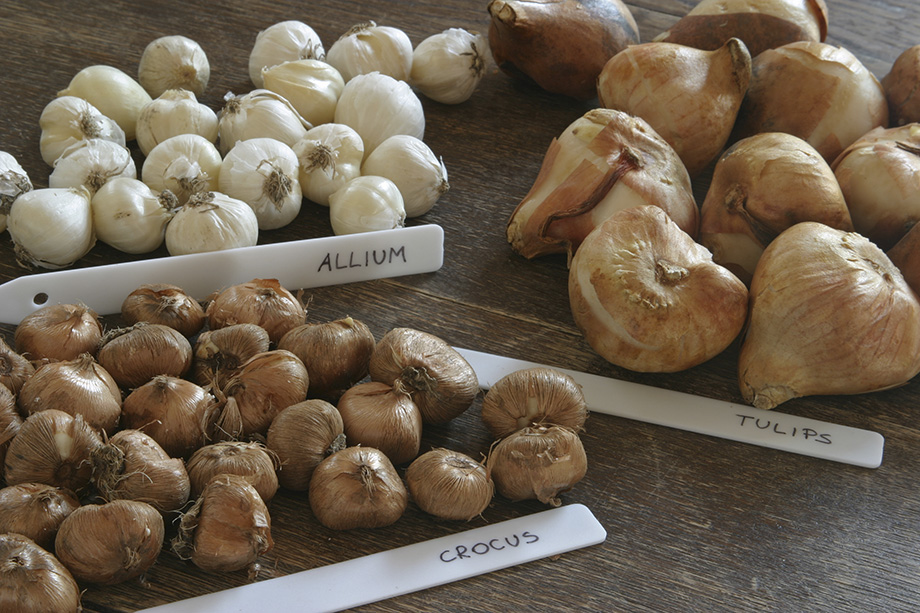
To infuse flowers such as crocuses, daffodils and tulips into next year’s garden, plant their bulbs in the fall before the ground freezes. To prevent bulbs from growing too early, be patient and wait until temperatures dip to about 7C. Remember to plant bulbs with their pointed end upwards and cover them in mulch to help protect them from extreme temperatures.
On the contrary, if you have delicate dahlia tubers or gladiolus bulbs in your garden now is the time to dig them up and store them in a cool and dry place over the winter.
Preserving
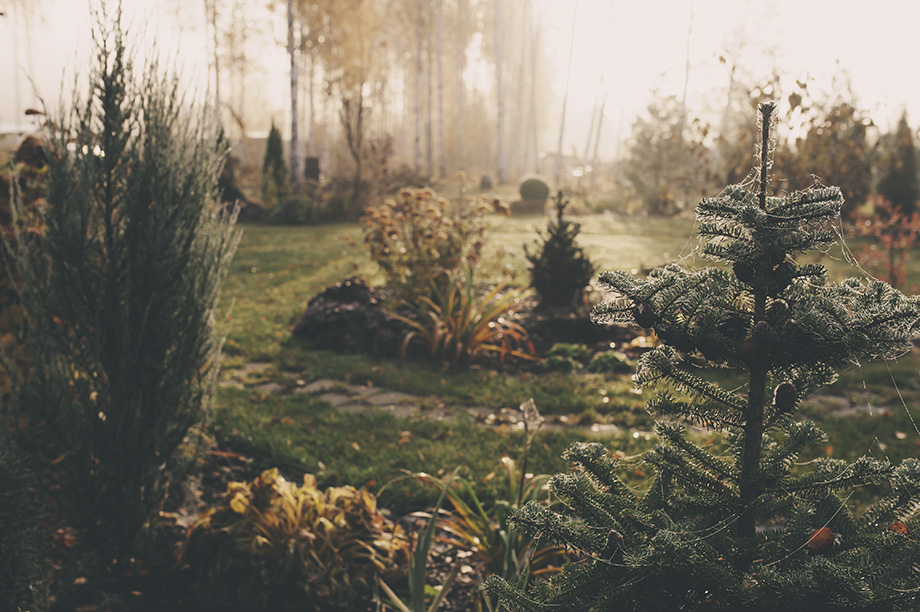
It’s best to leave your perennials as is rather than trimming them down. At the same time, leaving a plant standing will save you the hassle of cutting and can provide shelter and food for local wildlife over the winter.
If you insist on cutting back perennials, make sure their leaves and stems are yellow or brown before doing so. If they are still green wait until spring to trim them down.
Bird feeders
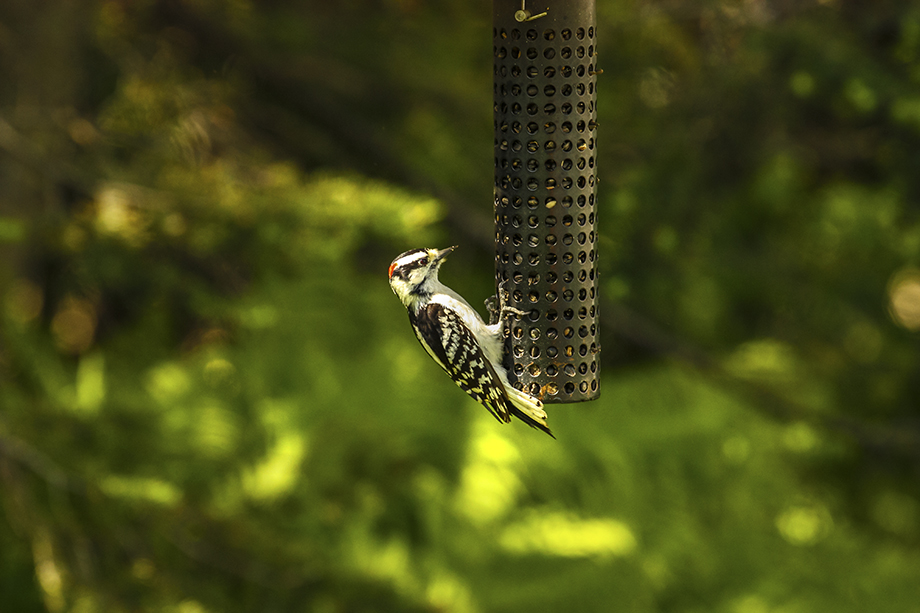
Bird feeders are beautiful features but can become quite dirty after being used all summer. Clean bird feeders in the fall since you likely won’t want to clean them in the middle of winter. Use a brittle brush and soapy water; it’s a nuisance but better to do so now. Once clean, re-fill feeders to provide local wildlife with a year-round source of food.
Leaves

Leaves are loaded with nutrients that will help your plants grow next spring. Before adding leaves into your garden, run them over with your lawnmower to shred them into small pieces. This allows air and water to penetrate through the pieces that would otherwise become blocked by packed leaves. Once the leaves are shredded, mix them into your garden and sprinkle over your lawn. Worms will pull the pieces down and into the soil come spring.
Spread six inches of leaves over delicate plants to insulate them from harsh temperatures. Remember to be careful with some types of leaves; walnut, eucalyptus and camphor laurel leaves contain substances that inhibit plant growth. It’s best to compost these leaves before using them in your garden.
Protection
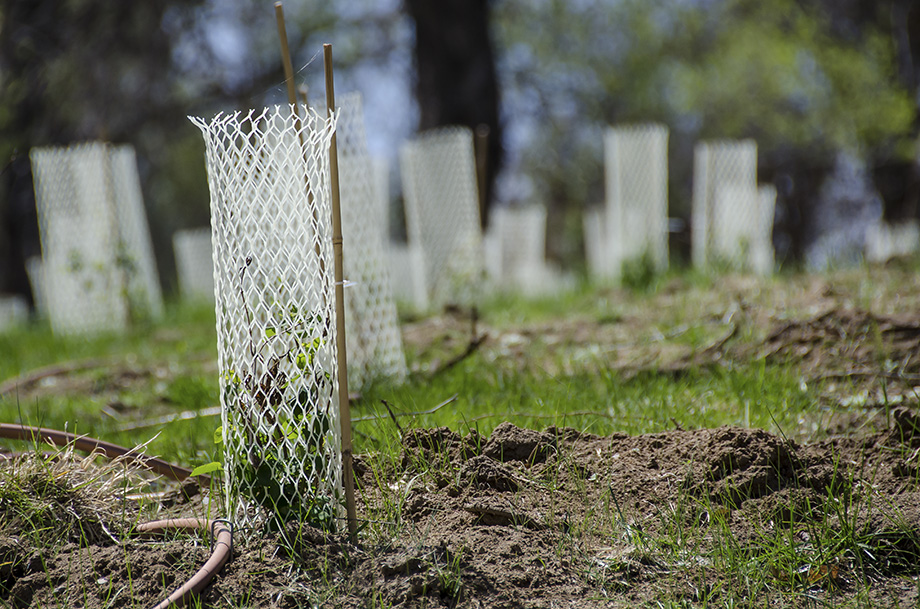
Wrap a couple layers of burlap around cedars and evergreens to protect them from winter winds. This will also protect your trees and shrubs from the weight of snow damage on branches and from winter burn. There is no need to cover perennials as the layers of snow that will naturally fall onto them will help insulate their roots.
To protect your deciduous trees from nibbling rabbits and rodents over the winter, wrap their trunk in a spiral tree guard or create a barrier using chicken wire.
Décor and tools
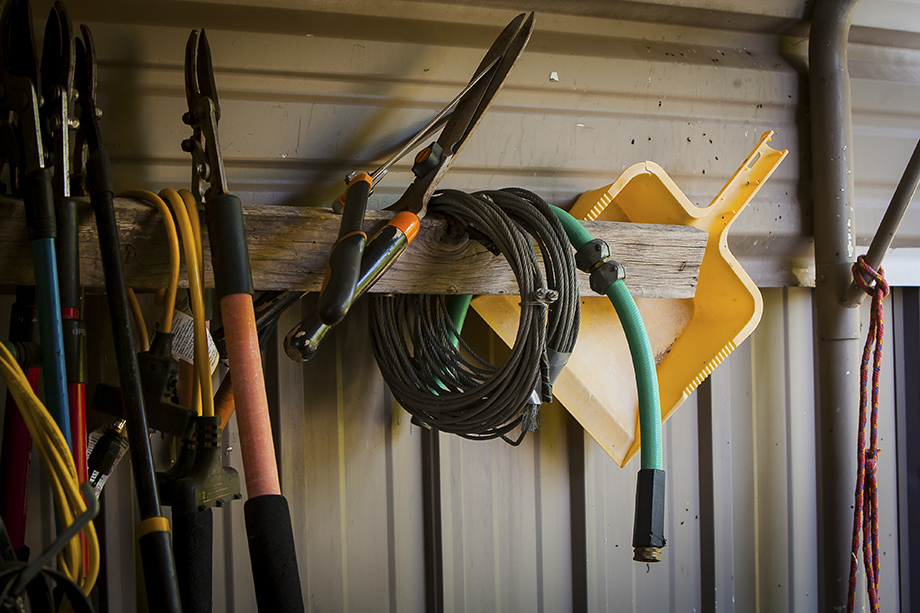
Yard work tools
Summer décor such as solar lights, wind chimes, ceramic sculptures or clay pots should be cleaned and put away before they freeze and crack over the winter. If you have a garden hose, bird bath or rain barrel, empty the water and place them into storage as well.
It’s also a good idea to clean your gardening tools and service your lawnmower as their blades can become dull after a season of use.
With these tips, your garden is sure to get a head start and flourish come spring. The soil will be healthy for new plantings and your tools will be ready to use.

